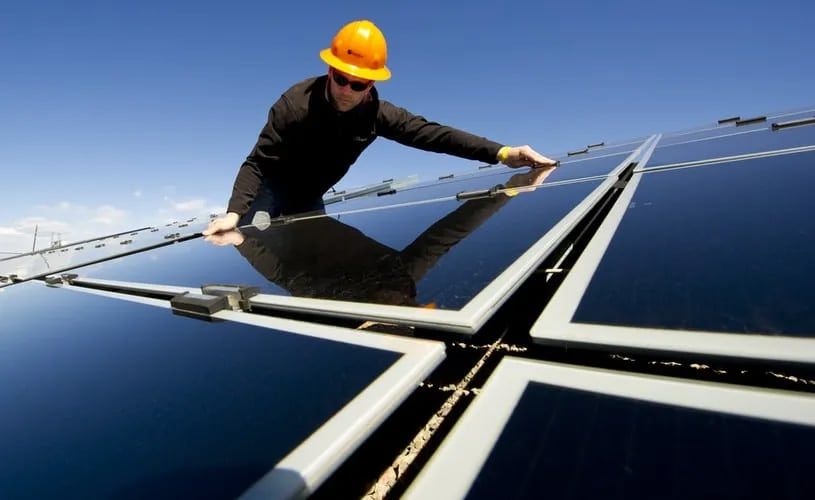China has invested about $ 150 billion in the semiconductor industry, said Katherine Tai, the US trade representative.
“We also see troubling dynamics playing out today with the semiconductor industry. In 2014, China issued an industrial plan to announce the goal of establishing a world-leading semiconductor industry by 2030,” she said in a meeting with CSIS members.
In general, the shortage of semiconductors is causing delays in the production of automobiles around the world.
Above all, the shortages are attributed to the fact that, although car production plummeted in the second quarter of 2020, demand for semiconductors intensified in other industries.
Semiconductor industry
«Reportedly, China has already spent at least $150 billion on this effort, with more on the way. Its intentions are clear, just as they were with steel and solar,” added Tai.
Semiconductor manufacturers targeted areas that saw sudden increases in demand in 2020, as did network connectivity.
“We see the impact of China’s unfair policies in the production of photovoltaic solar cells. The United States was once a global leader in what was then an emerging industry, but as China built out its own industry, our companies were forced to close their doors,» said Tai.
Today, according to her, China accounts for 80% of global production and much of the solar supply chain does not even exist in the United States.
China, already the world’s largest renewables market, added 136 GW last year, most of which comes from wind (72 GW) and solar (49 GW). The United States installed 29 GW of renewables last year, almost 80% more than in 2019, including 15 GW of solar energy and about 14 GW of wind, according to the International Renewable Energy Agency (IRENA).
![]()

